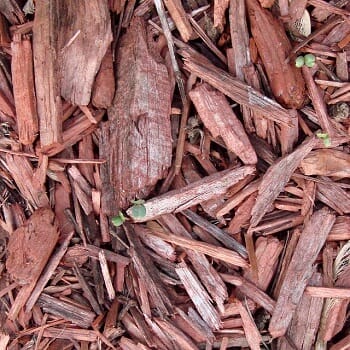 Trees, as they exist naturally in a forest, will usually have plenty of organic materials in the soil at their base, providing essential nutrients. That’s not always the case in an urban or suburban setting, which means you need to take the extra step to make sure you properly mulch them.
Trees, as they exist naturally in a forest, will usually have plenty of organic materials in the soil at their base, providing essential nutrients. That’s not always the case in an urban or suburban setting, which means you need to take the extra step to make sure you properly mulch them.
Organic mulch may have any number of natural ingredients, including shredded leaves, bark, grass clippings and compost. Since we are talking about organic matter, that means it will decompose and need to be replaced (when it gets down to about an inch left).
So, why do you need to mulch your trees? Proper mulching serves many purposes:
- It regulates soil temperature, keeping it cooler in the summer and warmer in the winter.
- Maintains moisture in the soil, and thus keeps the roots well hydrated.
- Several inches of mulch reduces weed growth.
- With mulch in place, it will keep you from damaging the tree with a lawn mower or WeedWacker.
- Mulch prevents soil compaction, which inhibits water infiltration and drainage. Aerated soil also allows for beneficial organisms in the soil to thrive.
- Mulch can also inhibit some plant diseases.
- It gives the surrounding landscape a more manicured, visually appealing, look.
There can be too much of a good thing, however. Over mulching poses a long list of potential hazards for your tree. Anything more than 3 to 4 inches and you are asking for trouble.
While keeping in moisture is a benefit to mulch use, too much of it keeps excess moisture in the soil, causing root rot and suffocation (tree roots need oxygen). It also encourages disease and excessive cooling that inhibits growth.
Mulching trees and maintaining them properly is not a difficult task. But it is an important one that benefits your trees inside and out.